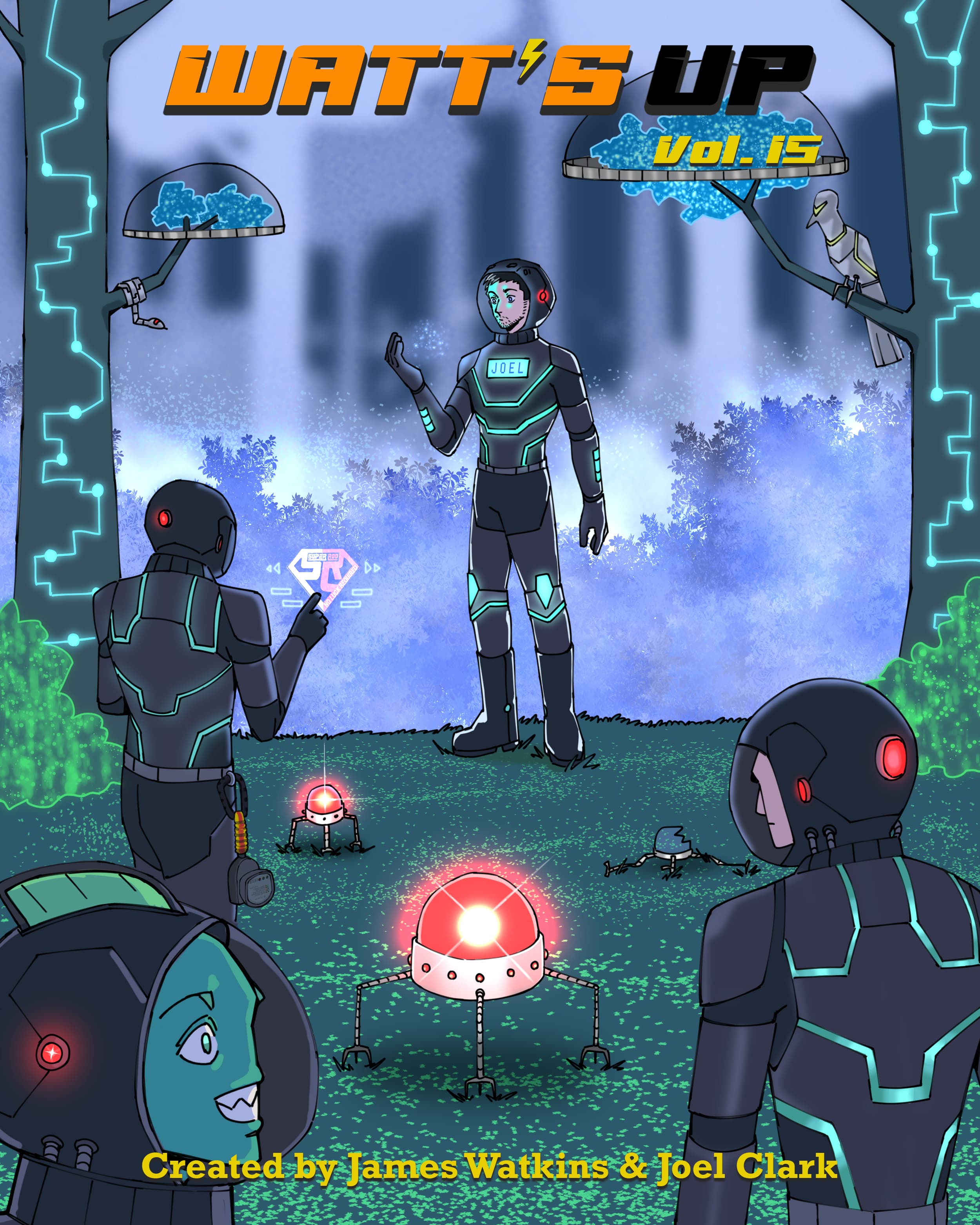

Below are the anagrams of five different electrical related brands!
Use the hints in the brackets and unscramble the letters to decode and reveal the brand name!
- Dru prose (time-saving tools)
- Dita fry (computer software)
- Tina vas (consumer unit)
- lii Nan (clipping method)
- bate mo (power tools)

Electrical safety takes priority in everything we do as electricians, to ensure we all keep to the same standards after each installation an EIC (Electrical Installation Certificate) is completed.
Why use an Electrical Installation Certificate
The EIC ensures that all electrical work complies with the latest BS 7671 (IET Wiring Regulations) standards. It serves several important functions:
- Safety Verification
- Legal Compliance
- Record Keeping
- Insurance
- Property Sales/Renting

Part 1
Details of the Contractor, Client, and Installation
This section includes details of the contractor's and clients' information, such as address, name, dates etc.
Part 2
Details of the Electrical Work Covered by This Installation Certificate
This describes the work that was carried out in detail and the date on which it was completed.
Part 3
Comments on the Existing Installation (In the case of an Addition or Alteration)
If the work involves an addition or alteration, note any observations about the existing installation, as per Regulation 644.1.2. For example, "Existing earthing and bonding arrangements found to be satisfactory."
Part 4A
Declaration for the Electrical Installation Work - Contractor
This section contains a pre-written statement declaring that the work has been designed, constructed, and inspected according to BS 7671 standards. Once read by the contractor, their signature and date is added to confirm compliance.
Part 4B
Declaration for the Electrical Installation Work - External
This highlights any other individuals who were responsible for different aspects of the work (e.g., different designer or inspector), their signatures and dates are required here to confirm their part of the work.
Part 5
Supply Characteristics and Earthing Arrangements
This section is where a lot of detail is added about the configuration and set-up including the following:
- Supply Type & Earthing Arrangements
- Supply Protective Device
- Number & Type of Live Conductors
- Nature Of Supply Parameters
- Supply Parameters: Document the nominal voltage, number of phases, nature of the current (AC/DC), and the supply frequency.
- Supply Type: Specify whether it's a single-phase or three-phase supply. Earthing Arrangements: Indicate the type of earthing system used (e.g., TN-S, TN-C-S, TT).
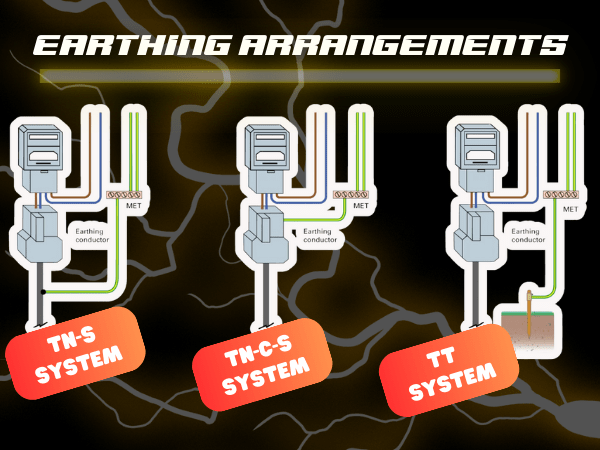
Details of Protective Devices:
- Overcurrent Protective Device: Provide details of the main overcurrent protective device, including its type, rating, and manufacturer.
Other Characteristics:
- Maximum Demand: Record the maximum demand of the installation in amperes.
- Ze (External Earth Fault Loop Impedance): Record the measured or enquired external earth fault loop impedance value.
- PFC (Prospective Fault Current): Record the measured or enquired PFC value
Part 6
Particulars of Installation Referred to in This Certificate
This extends further from the previous section highlighting the details more in-depth as follows:-
- Main Earthing Conductor: Record the size and material of the main earthing conductor
- Main Protective Bonding Conductor: Document the size, material, and the services to which it is connected (e.g., gas, water)
- Main switch/ Fuse/circuit breaker/ RCD: This could be different to the supply protective device. For Example, if there was an RCD in place before the consumer unit you would record the information on this
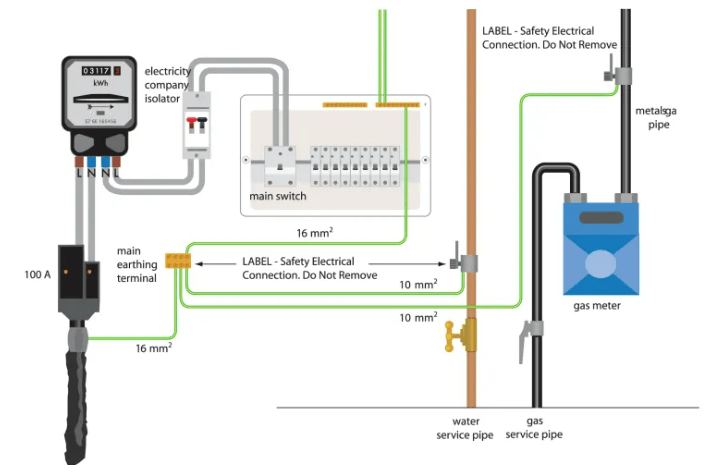 Electrical Apprentice
Electrical Apprentice
Part 7
Schedule of Items Inspected
This is a tick box section of the certificate where inspection is carried out on various parts of the installation such as:-
- Condition of consumer's intake equipment
- Parallel or switched alternative sources of supply
- Methods of protection
- Basic protection
- Protective measures other than ADS
- Additional protection
- Distribution equipment
- Circuits (distribution and final)
- Isolation and switching
- Current-using equipment (permanently connected)
- Identification and notices
Part 8
Schedules and Additional Pages
This part identifies the additional pages that form part of the certificate, such as the Schedule of Circuit Details & Test Results
Part 9A
Schedule of Circuit Details and Schedule of Test Results
- Each circuit is now clearly identified, typically by a number or description (e.g., "Circuit 1: Lighting").
- Type of wiring: A, B, C, D, E, F, G, H,
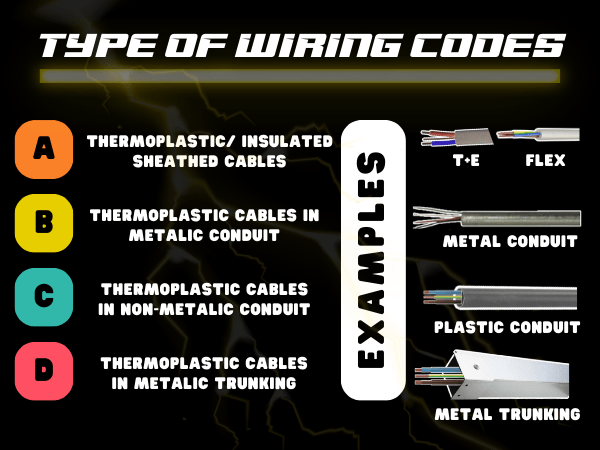
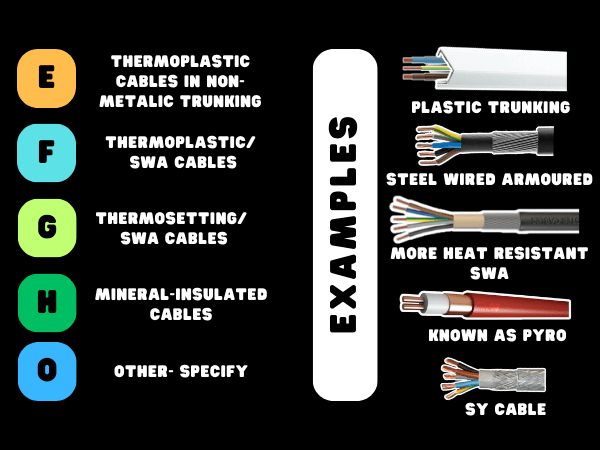
- Reference Methods: A, B, C, D, E, F, G, 100, 101, 102, 103
- This is the number of points on a circuit, for example, 10 sockets would be 10 NOP.
- Protective Devices: The type & rating of the protective device for each circuit.
- Cable Size used in each circuit.
- Test Results for each circuit, including:
- Continuity of Protective Conductors
- Insulation Resistance
- Polarity
- Earth Fault Loop Impedance (Zs)
- RCD Testing (if applicable)
Part 9B
General Continuation Sheet, Images, and Notes
This is where additional information, observations or any specific details about the installation are added that didn't fit or were not mentioned on the previous sheets.
Include images, risk assessments and any other documentation you feel relevant.


Struggling to run cables through a wall?🤔
Getting frustrated that cables keep snagging and catching 😤
Want to turn a two man's job in one?...👍
Check out the Super Chain & Magnet Set, designed to make your job easier, faster, and safer.
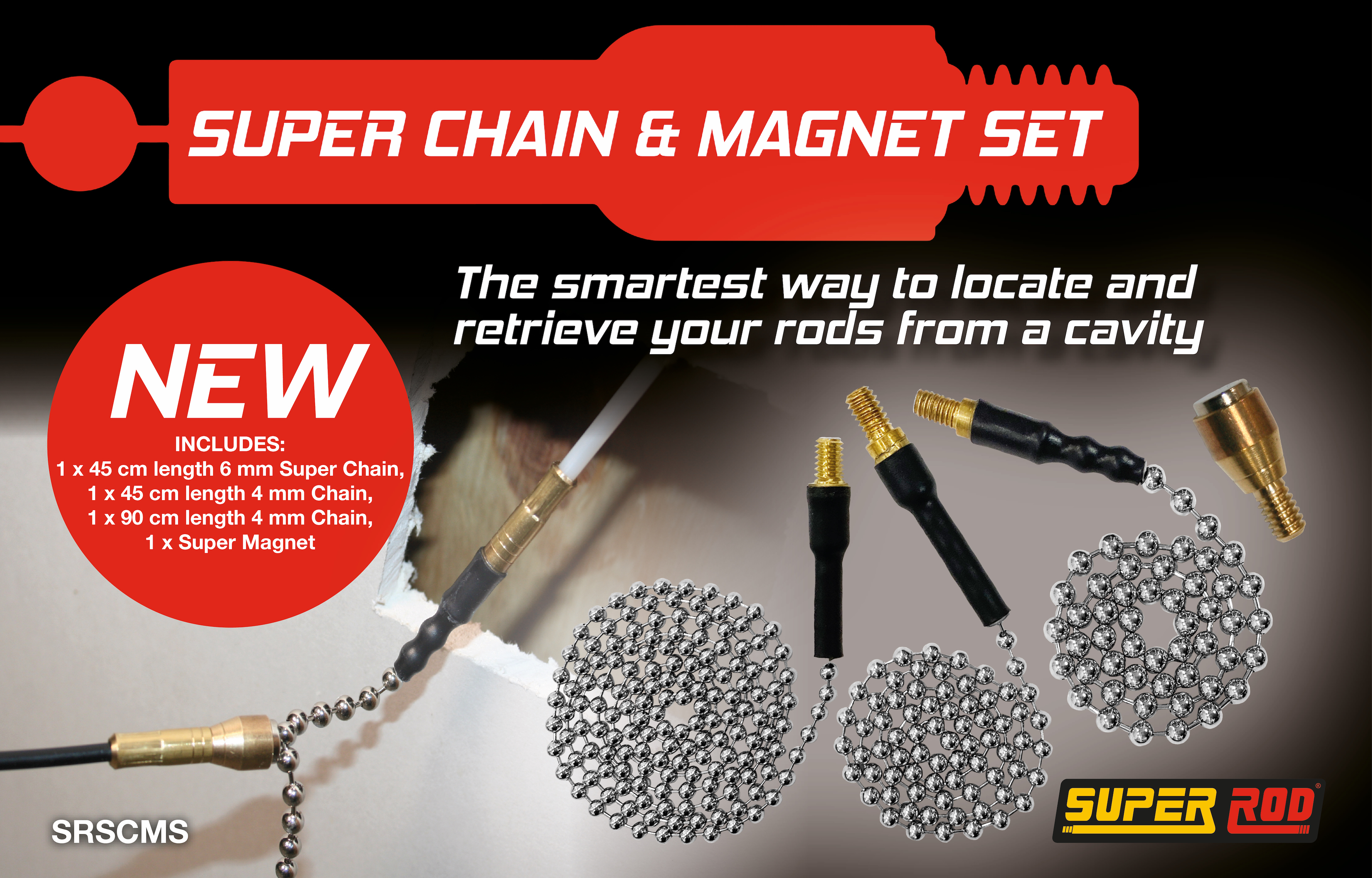
If YOU want to get the job done quicker & if YOU don't want to rely on someone else to help and have confidence your cable will come through the other end without snagging and dropping off halfway... then this set is a MUST have for any electrician.

Trends come and go, we take a deep dive into some inventions that were very short-lived due to their peculiar solutions.
Electrified Water... Who Needs Soap?
In the early 1900s, "electrified water" was hailed as a revolutionary innovation.
By 1904, electrified water was promoted as a soap-free method for sterilizing and cleaning clothes. A 1913 advertisement praised this "wonderful new invention" for its novel application of electricity. The trend extended to drinking and watering plants with electrified water. In the 1920s, one physician even recommended dipping hands in it as a hangover remedy.
Although electrified water wasn't hazardous (as the power was usually cut off before human contact), it ultimately failed to deliver on its promises. It couldn't clean clothes effectively without soap.
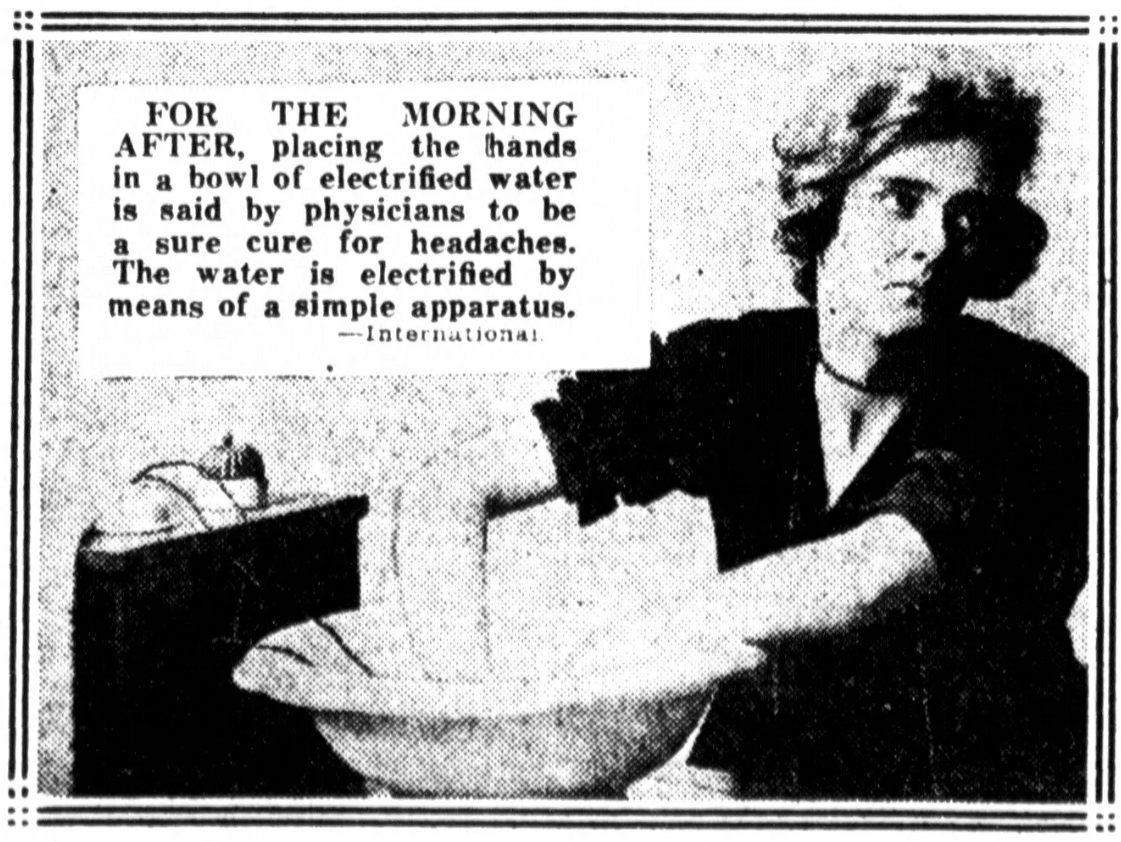 Library of Congress
Library of Congress
Electrical Belts and Corsets
In the late 19th and early 20th centuries, electric belts and corsets were marketed as health devices. These products claimed to cure everything from impotence to indigestion by sending mild electric currents through the body. Despite their popularity, they were largely ineffective and eventually fell out of favour.
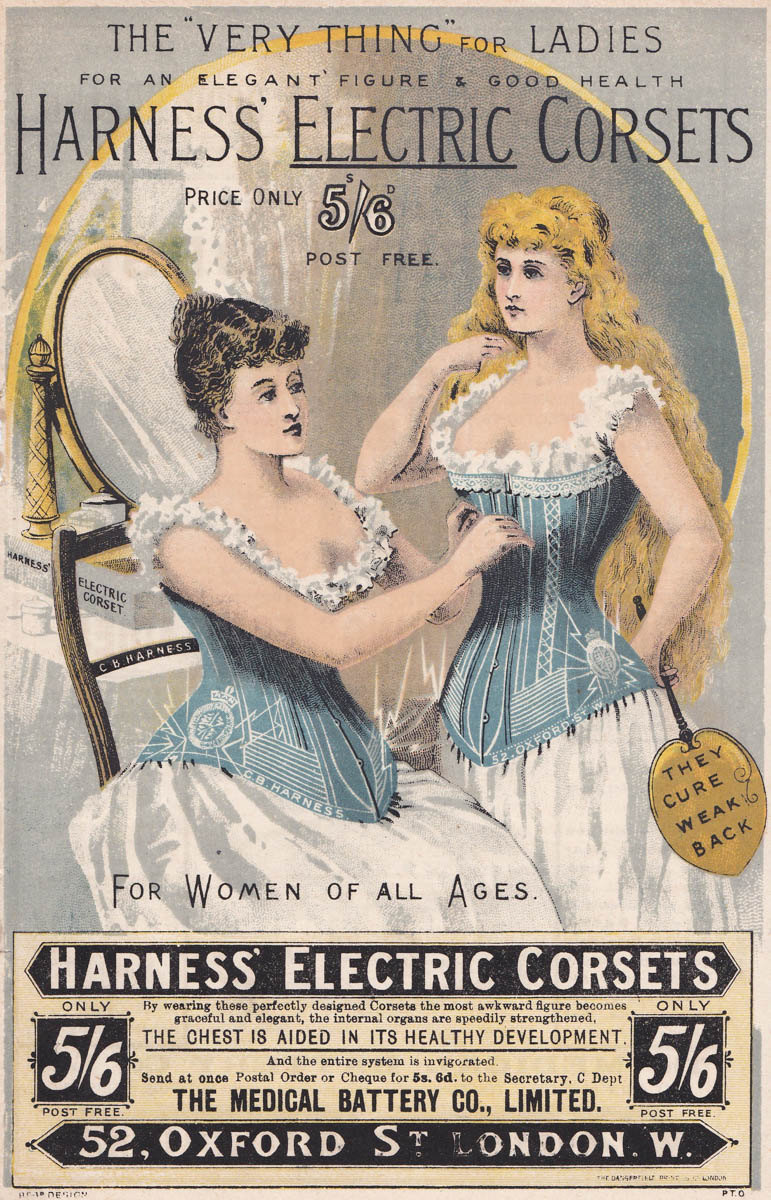 Underpinnings Museum
Underpinnings Museum
Radiation at Your Feet
Known as fluoroscopes or shoe-fitting fluoroscopes, these devices were used in shoe stores to allow customers to see the bones of their feet inside shoes. The machines emitted high levels of radiation, often with little to no shielding. Prolonged exposure could cause burns, radiation sickness, and an increased risk of cancer. They were eventually banned after the dangers of radiation became widely understood.
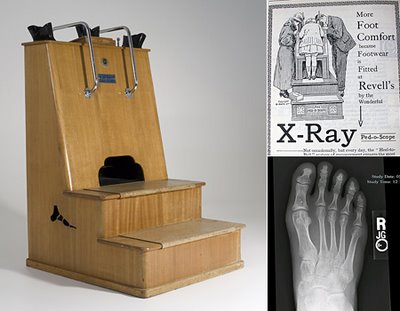 America Comes Alive
America Comes Alive

Below are the answers to the electrical anagrams... How many did you get right?
- Dru prose = Super Rod
- Dita fry = Tradify
- Tina vas = Navitas
- lii Nan = Linian
- bate mo = Metabo

If you are interested in becoming a sponsor of the newsletter or want to be featured like Mark above please don't hesitate to reach out. Link to contact us below
Contact us here!The material and information contained in this newsletter is for informational purpose only, you should not rely upon the material or information on this newsletter, all readers must make their own judgment and seek professional advice when making decisions based on the context of the newsletter